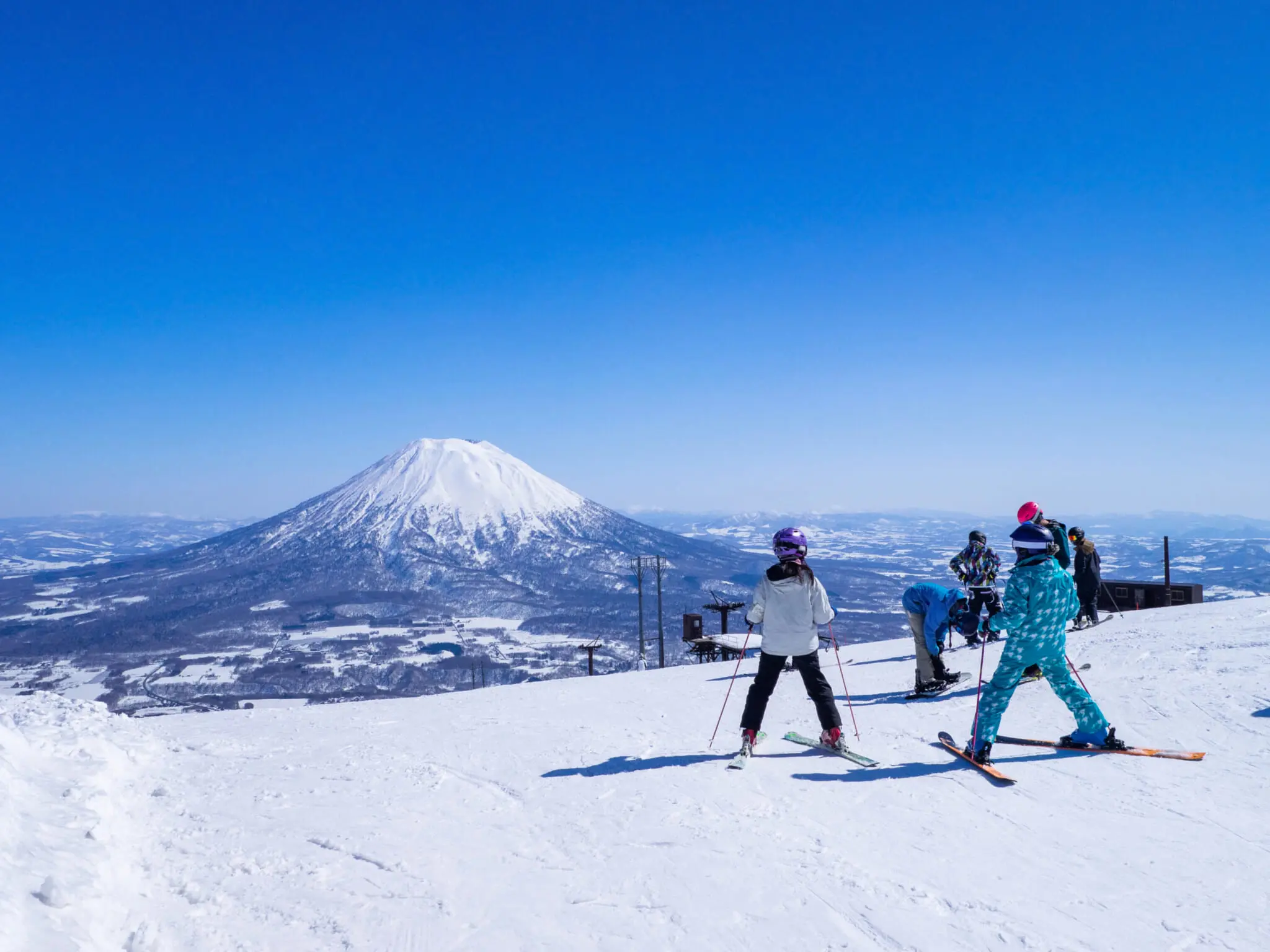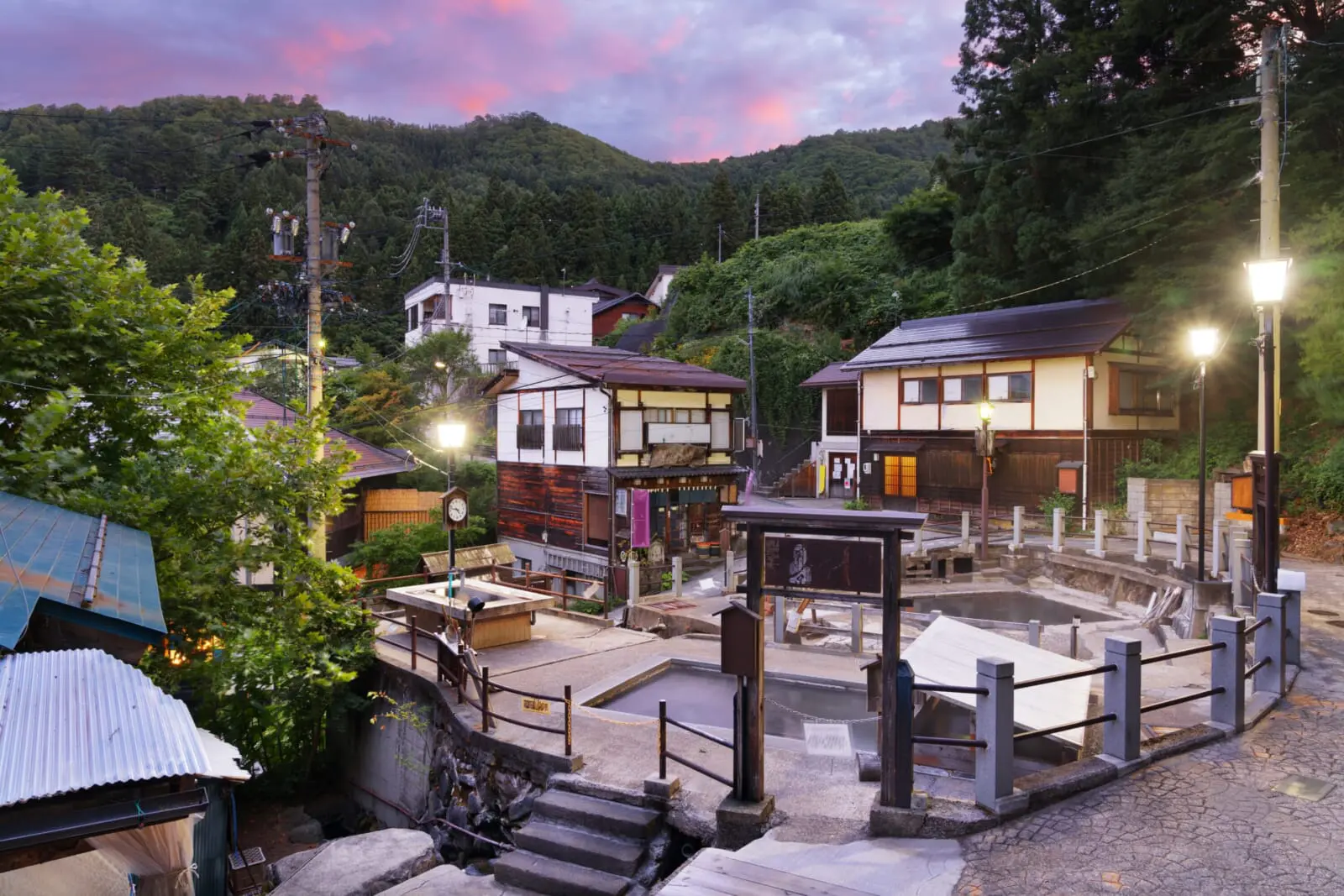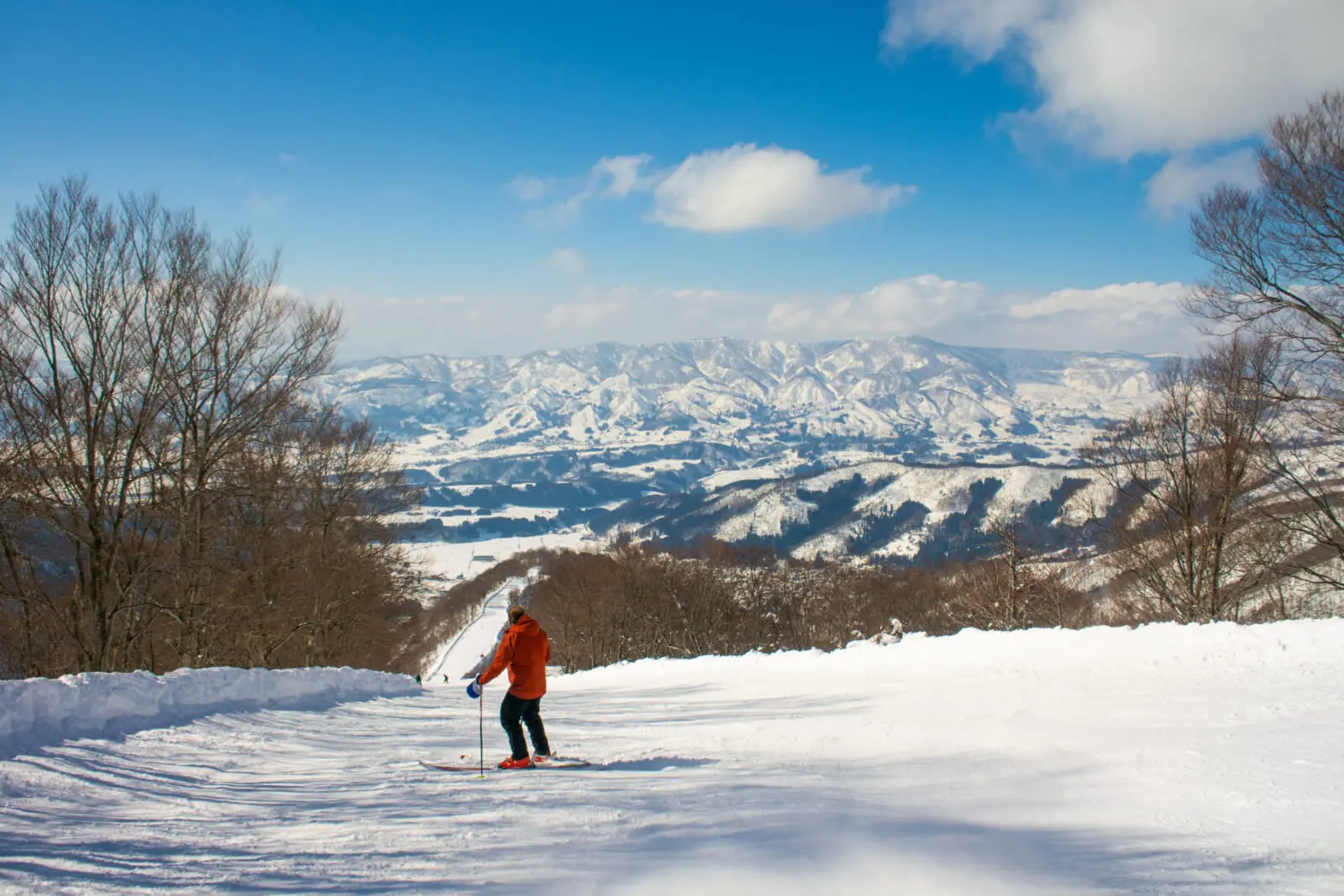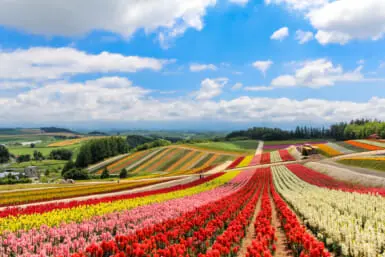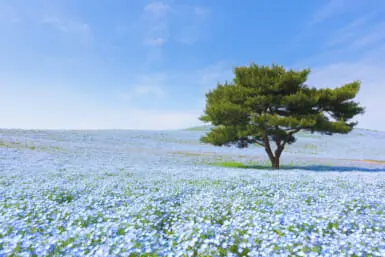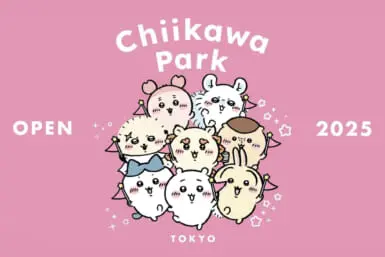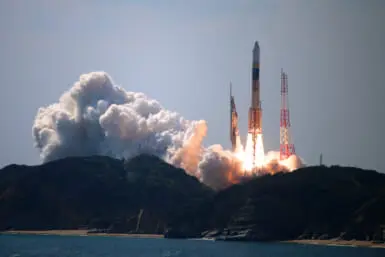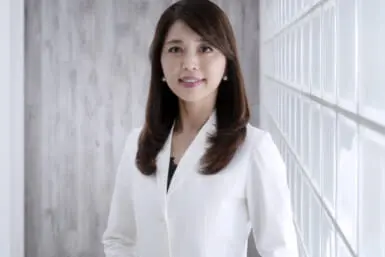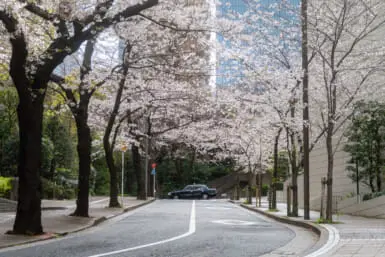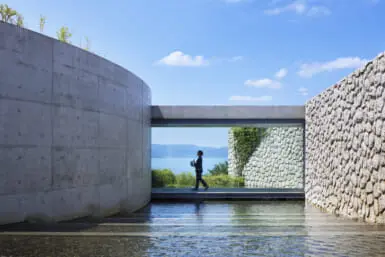People fall in love with Japan for a myriad of reasons, but just behind anime and the snack selection in 7/11, a major reason is snow sports. Japan is famous for having some of the best powder, often referred to as “Japow,” anywhere in the world. Whether in Hokkaido or Honshu, Japan offers unforgettable skiing and snowboarding experiences during its winter season that intertwine with unique Japanese culture. Whether you’re planning a weekend trip from Tokyo or a full season on the slopes, here’s everything you need to know about skiing in Japan.
When To Go Skiing in Japan
Peak Season Is Best (January-February)
The best months for snow are January and February, but December has also been great the last few seasons. For those looking to work at a ski resort, most employees are looking for staff for the full season and will require you to arrive a week before the resort opens for training. This week can be one of the best of the season as the staff run riot around a guest-less resort.
Early and Late Season Options
The ski season in Japan generally runs between the middle of November until late April, depending on where you go. Hokkaido, the northern island, has the longest season. Resorts like Niseko and Rusutsu are in full swing by the end of November, meanwhile, resorts in Honshu tend to open a few weeks later. Typical options are as follows:
- Hokkaido resorts often open earliest, with good conditions by late November
- Honshu resorts typically open in December
- March offers spring skiing with fewer crowds
- Some higher-altitude resorts like Shiga Kogen can operate into May
Where To Go Skiing in Japan
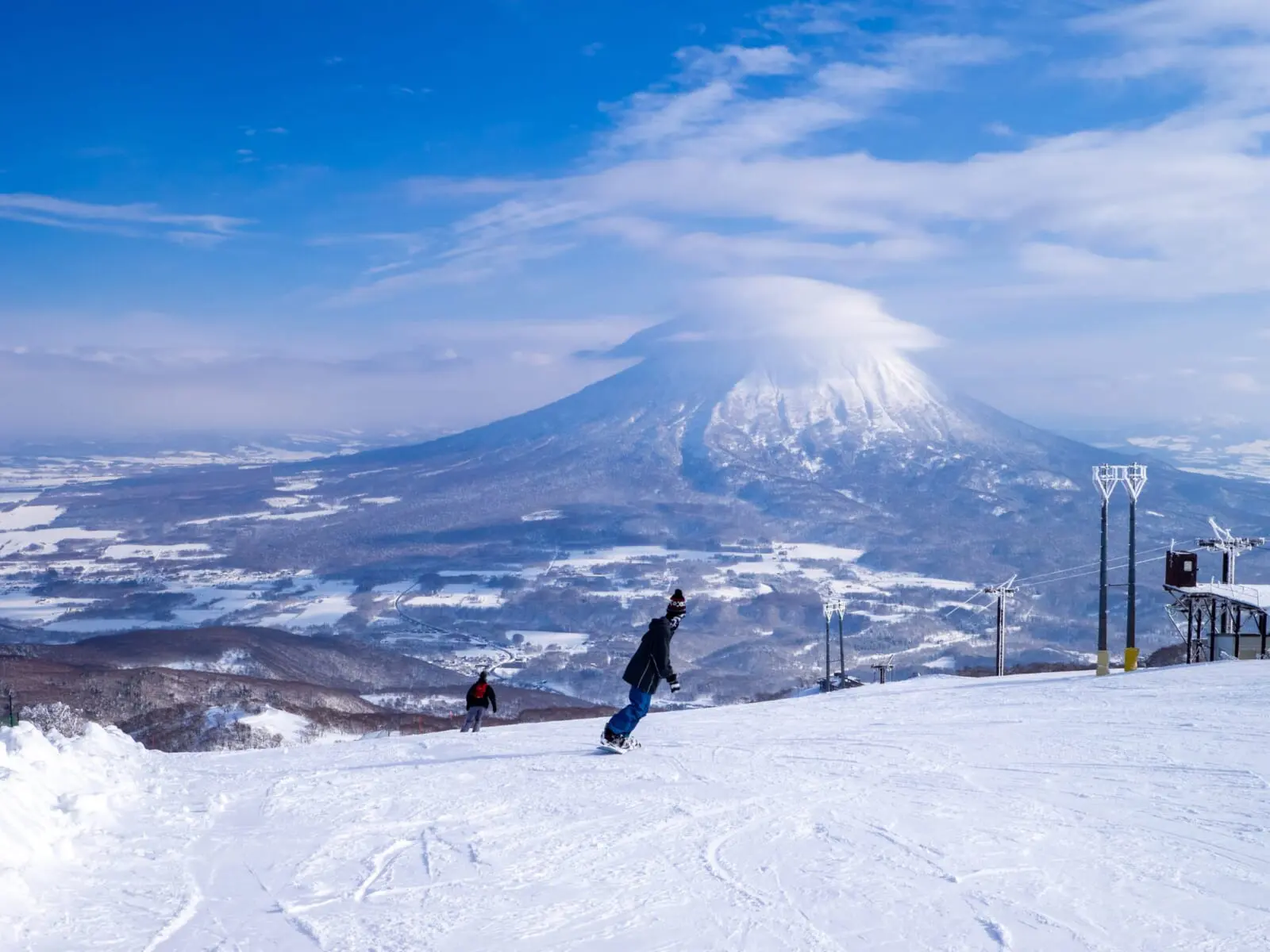
Niseko: Japan’s Most Popular Ski Resort
Niseko is to Japanese skiing what a tuna roll is to sushi. Reliable, palatable but potentially over ordered. As the most popular ski resort in Japan, Niseko attracted almost 3 million tourists in 2024. It is the go-to location for many foreigners interested in doing a season, so much so that it is dubbed “Australia Abroad” by many locals. Comprising 4 interlinked ski resorts, Niseko is 3 hours away from Sapporo in Hokkaido. While it is not the largest ski area, it is the most concentrated with all four resorts located on Niseko Annupuri Mountain.
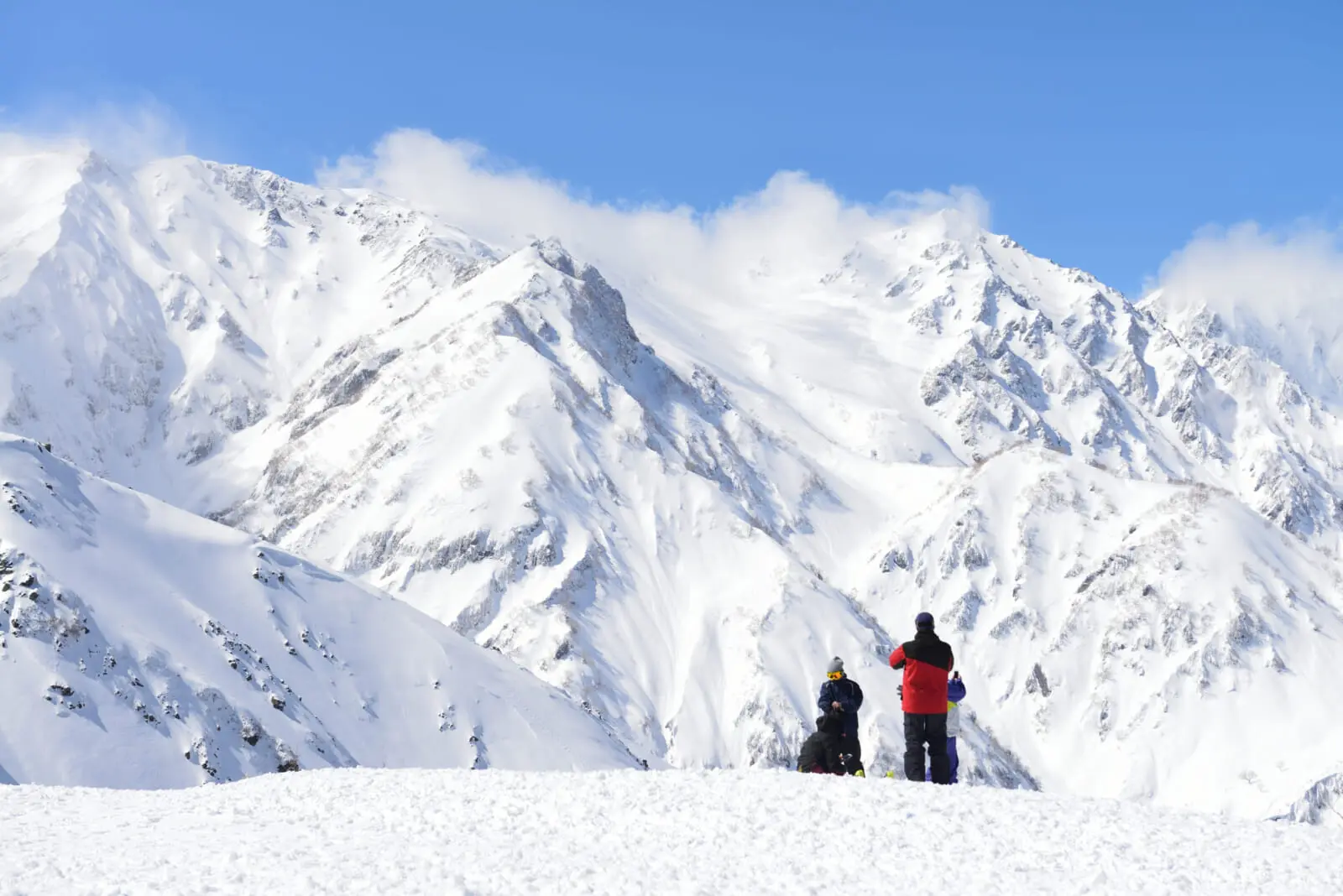
Hakuba: A Quieter Alternative Near Tokyo
Home to the 1998 Winter Olympics, Hakuba Valley is the largest skiing area in Japan. Hosting 10 different resorts, Hakuba is larger than Niseko but the resorts are further apart. The upside is it is easier to find quieter areas, but the downside is a reliance on shuttle buses which have a loose relationship with their schedule. Located in Nagano prefecture, Hakuba is only a five-hour bus ride from Tokyo costing around ¥8,000. The biggest resort in Hakuba is Happo-One, but the Hakuba Valley season pass allows access to all.
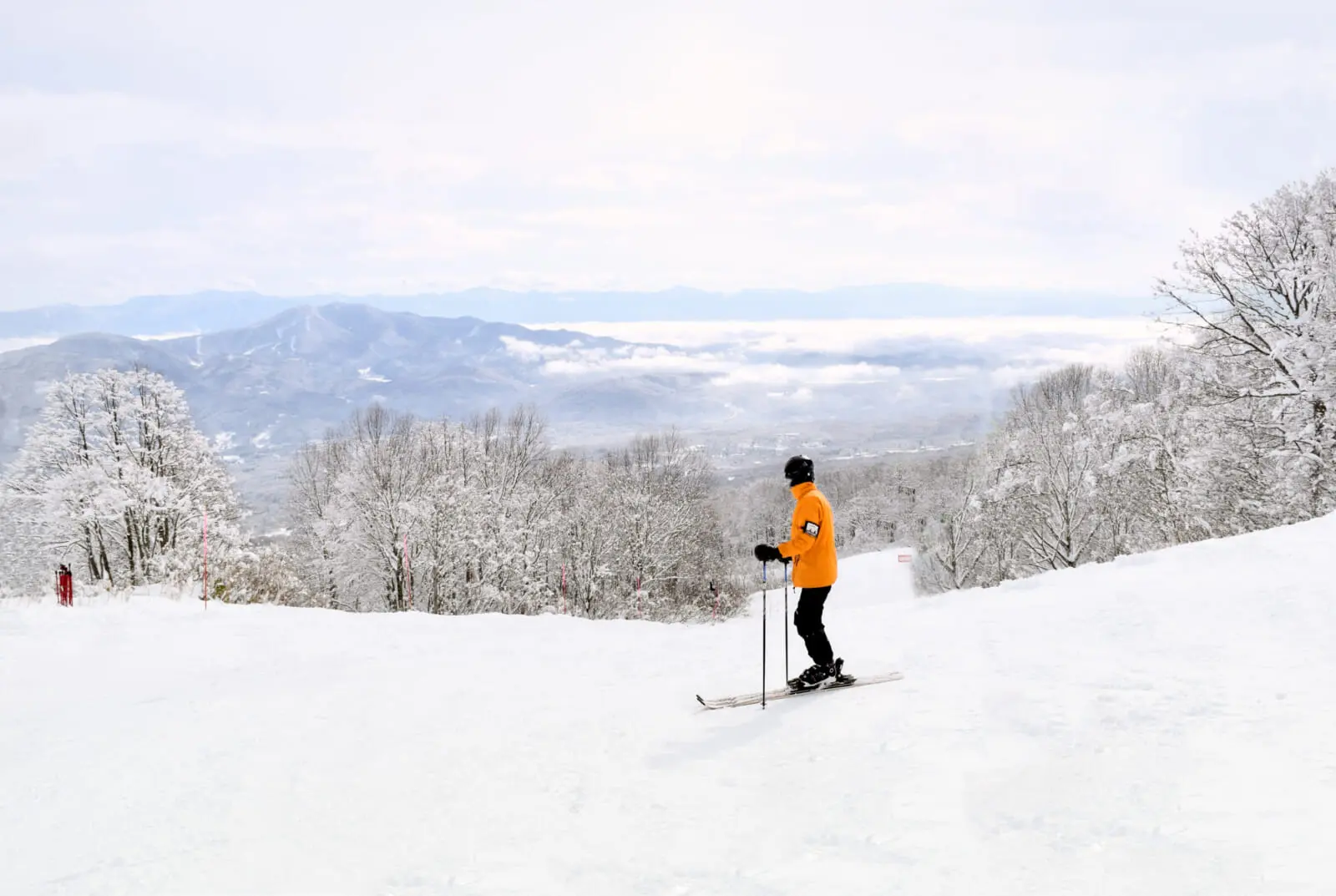
Myoko Kogen: Stunning Views of Mount Fuji
Myoko is one of the oldest ski areas in the world, having been operational since 1911. Myoko is close to Hakuba but shares more similarities with Niseko. Myoko Kogen contains 5 main ski resorts, Akakura Onsen, Akakura Kanko, Ikenotaira Onsen and Myoko Suginohara. The last resort, known as “Sugi,” is particularly famous for Japan’s longest ski run which is 8.5 kilometres. It may not compare in length to its European cousins, with French runs regularly exceeding 10 kilometres, but you have a good chance of seeing Mount Fuji as you coast down.
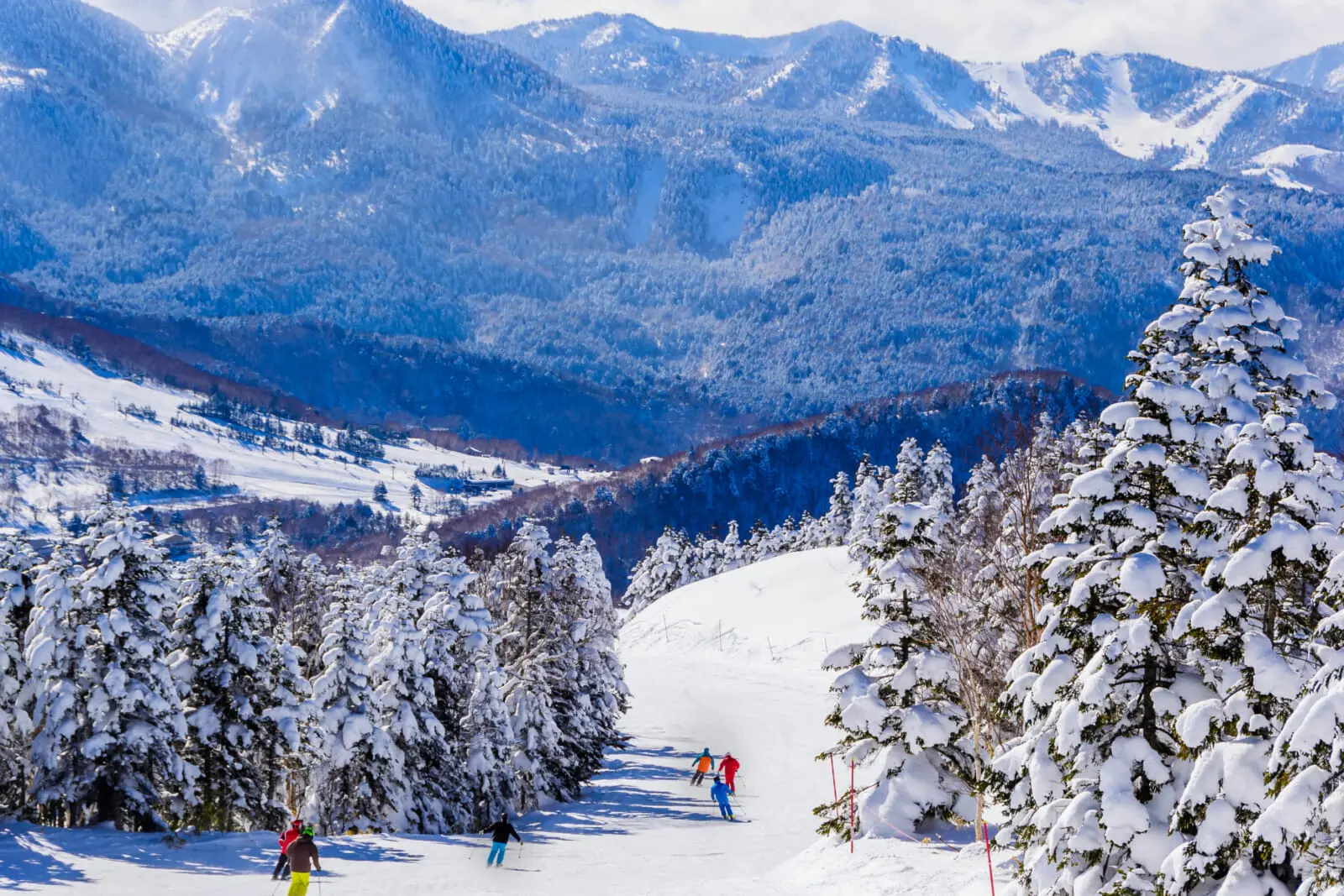
Shiga Kogen: The Traditional Getaway
Drive just two hours from Hakuba Valley, and you reach the Shiga Kogen ski area. Shiga Kogen is Japan’s largest ski area, home to a whopping eighteen resorts. Like Hakuba, these resorts are spread across different mountains and a shuttle bus is needed to get between them. Alongside size, it is also higher than its nearest neighbor and tends to have seasons lasting into April and May as a result. However, it is known for being home to more traditional resorts with a less active nightlife scene than others.
Nozawa Onsen: An Onsen Town Turned Ski Resort
Nozawa Onsen is a smaller, more traditional resort. It is also in Nagano Prefecture, making it very accessible from Tokyo. It is an onsen village, a renowned winter vacation destination since the Edo Period and a popular spot visited by the Imperial family. Nozawa Onsen is also home to the Dosojin Fire Festival, a ceremony held on the 15th of January where locals burn a makeshift shrine.
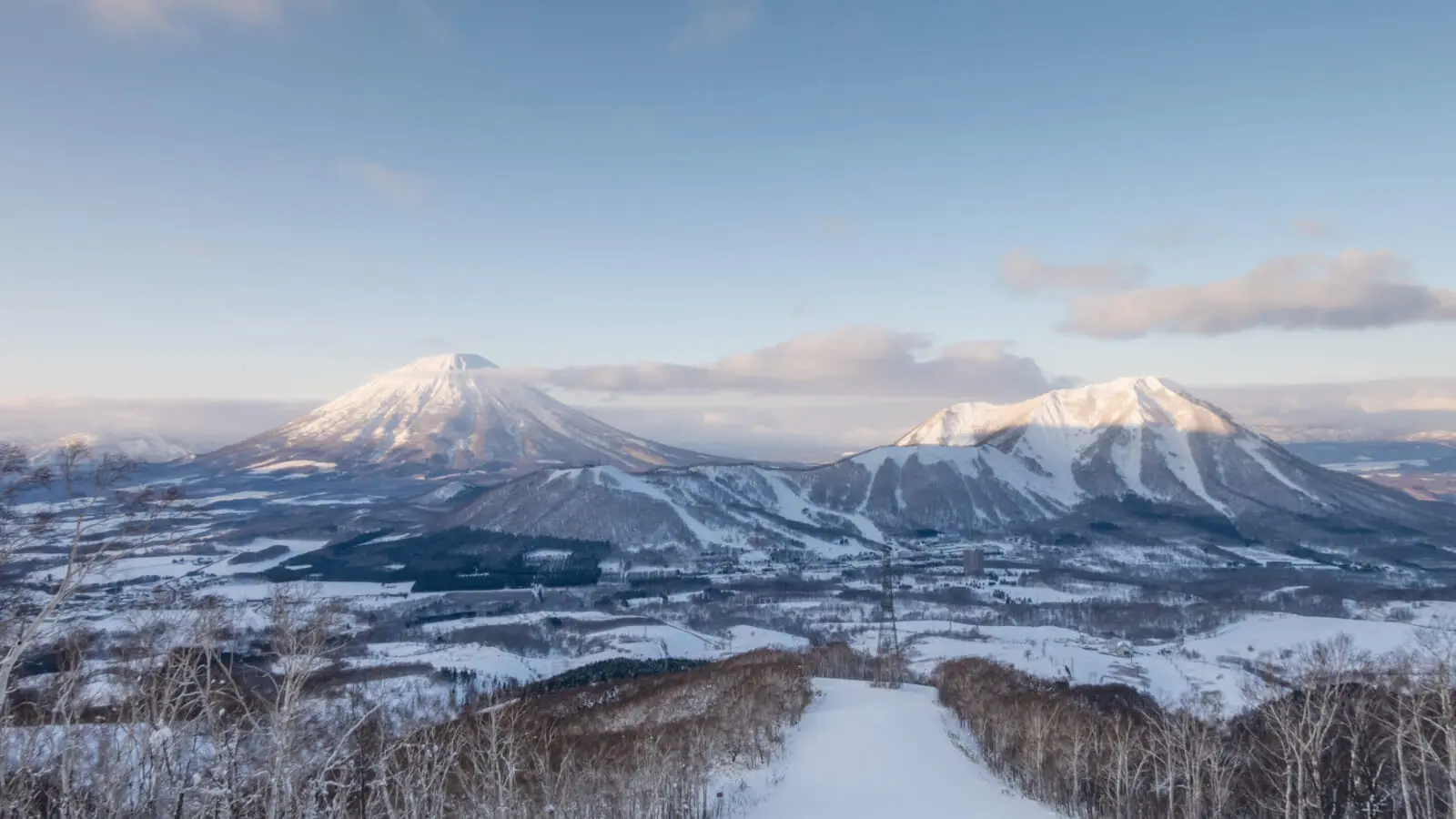
Rusutsu: Award-Winning Alternative in Hokkiado
Rusutsu is the go-to “escape the crowds” skiing spot in Hokkaido. A 5-time winner of “Japan’s Best Ski Resort,” a season in Rusutsu promises amazing skiing. Located about 30 minutes away from Niseko, Rusutsu is a singular resort with an impressive 524 hectares of skiable ground. It is also known for its night skiing with most lifts remaining open until 8 pm every night.
Rusutsu has many loveable quirks. It has an ancient monorail connecting buildings, which is slower than walking but far more stylish. Many guests delight at the singing tree and the amusement park which provides ample entertainment away from the slopes.
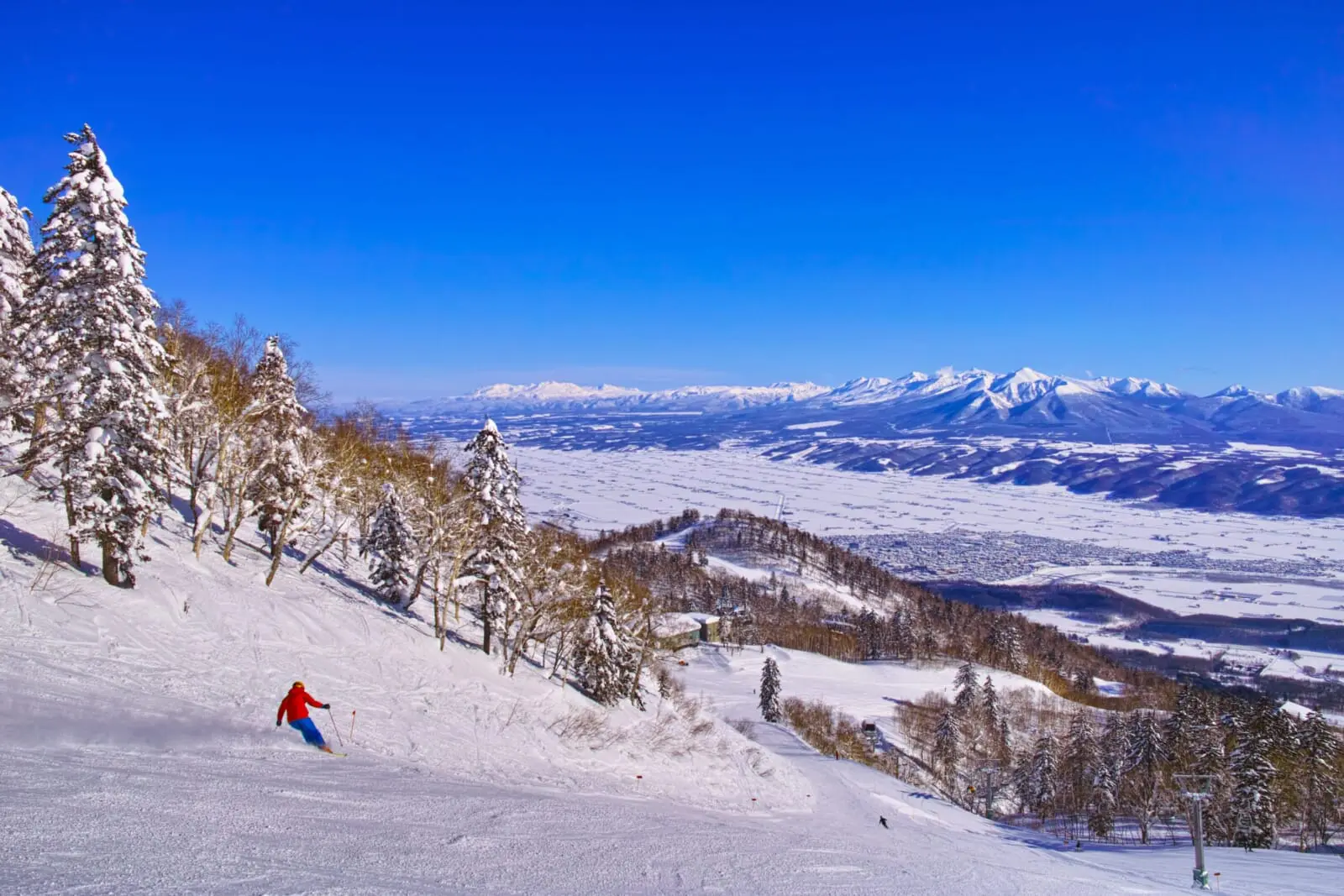
Furano: Small but Mighty
Like Rusutsu, Furano is a smaller resort in Hokkaido. It is further inland than both other Hokkaido options meaning it does get less snowfall, around 8 meters, across the season. There is still plenty of skiing to be done, especially for advanced skiers. It is the quietest option with a nightlife scene based around the Sports Bar Ajito Log Cabin and a handful of izakaya.
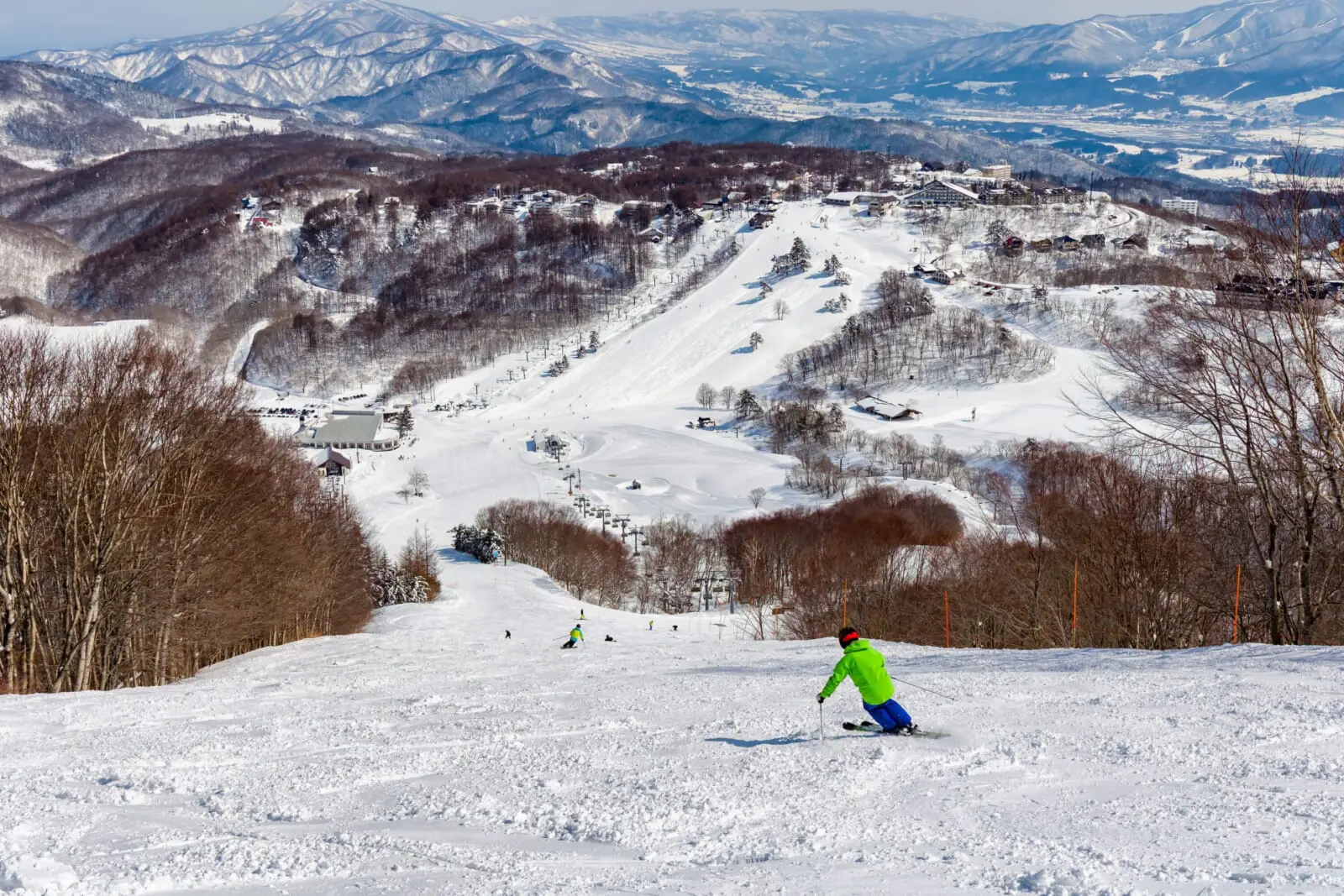
Madarao: For the Pros
Located between Myoko Kogen and Nozawa Onsen, Madarao comes with all the same perks; accessible from Tokyo, up to 13 meters of snowfall per season and great backcountry options. In Madaroa, 60% of the thirty-one runs are ungroomed, making it a great spot for deep powder skiing. One thing to consider if you choose Madarao is that there is no ATM available anywhere, so come with hoards of cash for the season.
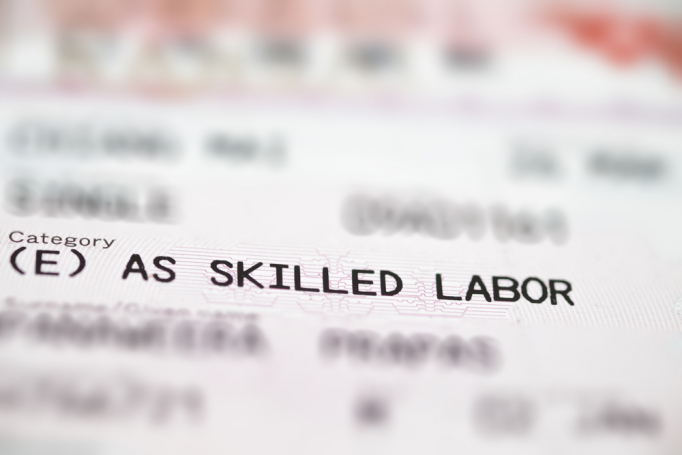
Recommended Visas for Skiing in Japan
For a season, most people get a Working Holiday Visa. This visa allows you to stay and earn in Japan for one year and is available to residents of 19 countries (including the UK, Australia, Canada, New Zealand and Ireland but not the US).
Some countries, including the UK, have a cap on how many are issued so it is worth applying as soon as you have decided on Japan. There are age restrictions on this visa which are country-dependent and you are only eligible to receive it once in your life.
This visa is designed for people to primarily travel in Japan, only working enough to fund their travels. On an application, you will fill out an itinerary in which you will have to outline your plans for the year, beyond just doing a season.
Jobs
For seasoners, the job is a means to an end. It funds your experience in the beautiful Japanese mountains, so any job you get offered will probably be worth taking. Almost all jobs will provide some subsidised staff accommodation, though be aware, this might be a dorm with four other people. There are broadly two options: instructor or hospitality.
There are many perks of being a ski instructor. You spend all day on the mountain doing the sport you love, and it can be very lucrative depending on the number of private lessons you teach. It is worth noting that tipping is not a cultural norm in Japan, but luckily most visitors to ski resorts are Australian anyway and their awareness of Japanese cultural norms is limited at times.
However, to be an instructor, you must be qualified. As an ISIA-covered country, Japan requires instructors to have a Level 2 certificate. This costs between ¥145,000 and ¥220,000 depending on the provider which can significantly eat into savings. The other con is the working hours. While you are on the mountain all day, this time is often spent leading a battalion of small children down a gentle slant. Unlike hospitality work, you can only ski with friends on your days off.
Hospitality work is generally worse paid and can be more boring, but it comes with the perk of a shift schedule. Providing your venue is open in the evening, you will be able to get some mornings and afternoons free to have half-day skiing around your shift schedule. Additionally, while you don’t need specific qualifications, hospitality jobs can still be competitive so preference is given to those with fairly extensive hospitality experience.
How To Get (and Keep) a Job
Finding a job is relatively straightforward. Join the Facebook group for your chosen area, google the major companies working in the area and reach out to venues to ask if they are recruiting. Key things to consider are: pay rates, accommodation, location, rent, shift patterns, type of work and whether previous workers would recommend the company.
Keeping a job can be harder. Companies know that their employees are primarily there for life experience rather than work experience and can be very liberal with firing people mid-season. Turning up hungover and late to every shift may be a quick route to a shortened season.
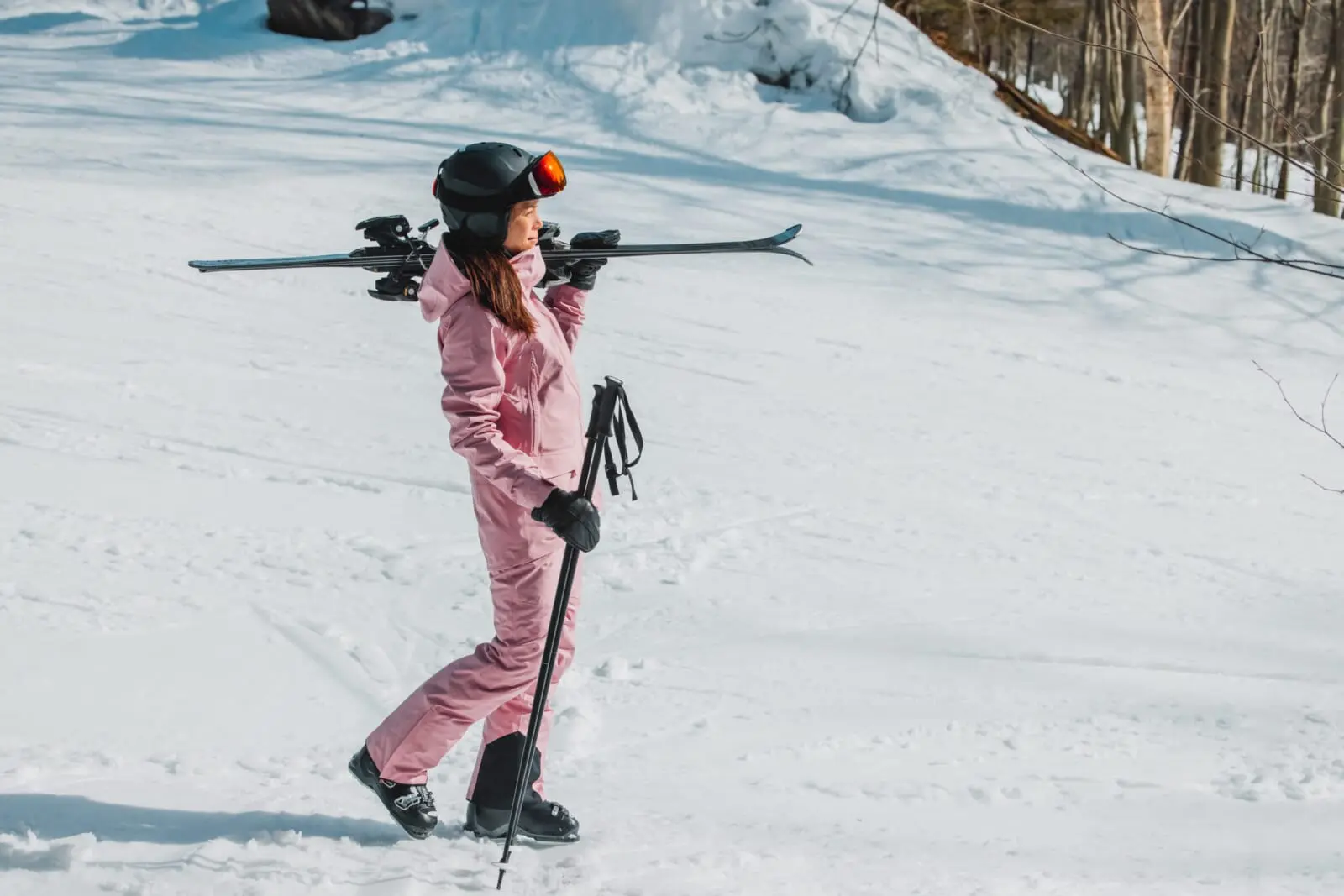
Getting Equipment
Unless you are very particular about your equipment, there is no need to drag it across the world for your season. At the start of the season, there are sales in almost every resort in Japan as shops try to get rid of last season’s gear. By waiting until you are in the mountains, you can often find cheap, high-quality gear without the stress of transporting it. Similarly, if you want a car or motorbike, lots will be selling for second-hand at the beginning of the season so keep an eye on Facebook groups.
Practical Tips
Budget Considerations
Skiing in Japan doesn’t have to break the bank if you plan strategically. During peak season, expect to pay premium prices — a day on the slopes can cost anywhere from ¥5,000 to ¥8,000 for a lift ticket alone. However, there are several ways to make your winter sports adventure more affordable.
Timing Your Trip
March is the sweet spot for budget-conscious skiers. As peak season winds down, you’ll find:
- Lift tickets discounted by 20-30%
- Accommodation prices dropping significantly
- Still-excellent snow conditions, especially in Hokkaido
- Fewer crowds on the slopes
Smart Booking Strategies
Book your accommodation as early as possible — ideally three to four months in advance for peak season. Many resorts offer early-bird discounts of up to 30% if you book before November. For last-minute trips, consider staying in nearby towns rather than directly at the resort, where prices can be considerably lower.
Passes and Packages
Multi-resort passes can offer significant savings:
- The Hakuba Valley Pass covers 10 resorts and offers 20% savings compared to individual tickets
- Many resorts offer 2-5 day passes at reduced rates
- Some areas like Shiga Kogen include free shuttle buses between resorts with their passes
- Package deals combining lift tickets with rentals often save 10-15%
Transportation Tips
Getting to and from the slopes can be a significant expense, but there are ways to save:
- Book bus packages from Tokyo, which often include lift tickets
- Use the JR Pass if you’re planning to visit multiple resorts
- Look for early-morning bus deals, which can be up to 40% cheaper
- Consider sharing a rental car if traveling with a group

